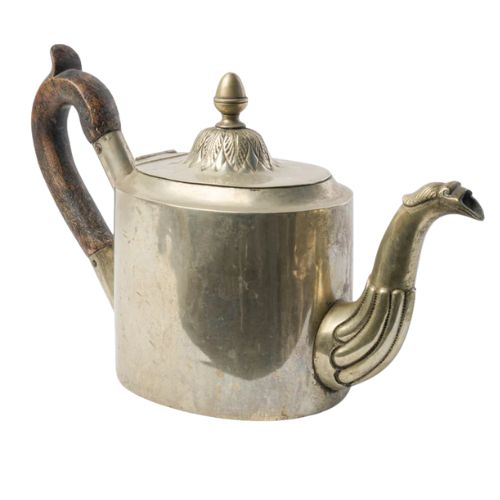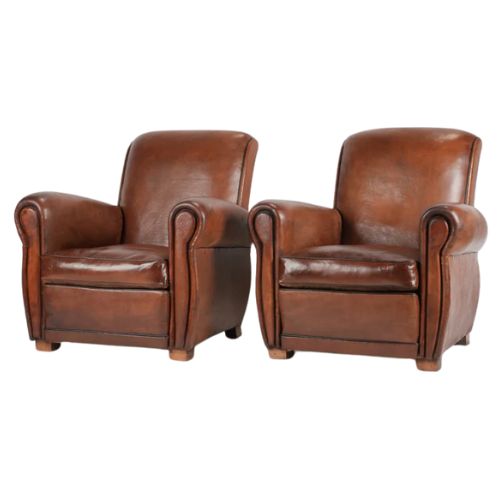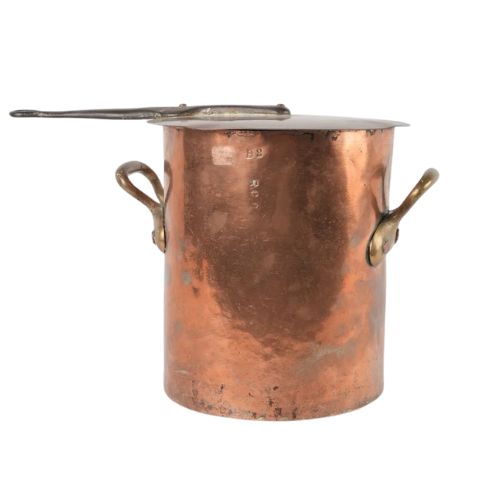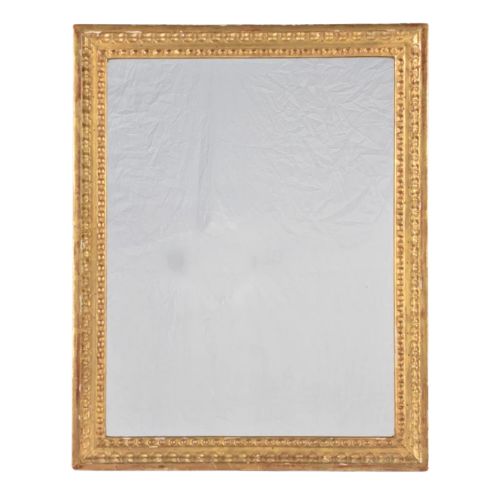5 Things You Should Never Buy From a Thrift Store, According to People Who Know About Antiques
It may look like treasure, but it may also just be trash. Here is how to know what to avoid while thrifting, and what to look for instead


There is an exhilarating rush that comes from thrifting furniture and homewares. Whether you find a chair that completes an existing set or an original French porcelain piece for hardly anything, it's a satisfying way to adorn your home with plenty of character. But is there a line between treasure and trash?
It's easy to get caught up in the emotion of thrifting — taking home something that caught your eye, only later to find it's actually scratched beyond repair. Trust me, I've had many a fight with the devil on my shoulder while deliberating over a piece of vintage furniture. Knowing how to thrift well comes with practice, time, and patience.
But while we often see guides around what to buy (like these iconic furniture pieces), have you ever wondered what you should avoid? There are actually quite a few things, and to get to the bottom of it, I asked vintage and antique experts for the things to keep clear of in a thrift store, antique market, or estate sale, and what to look out for instead.
1. Anything Broken
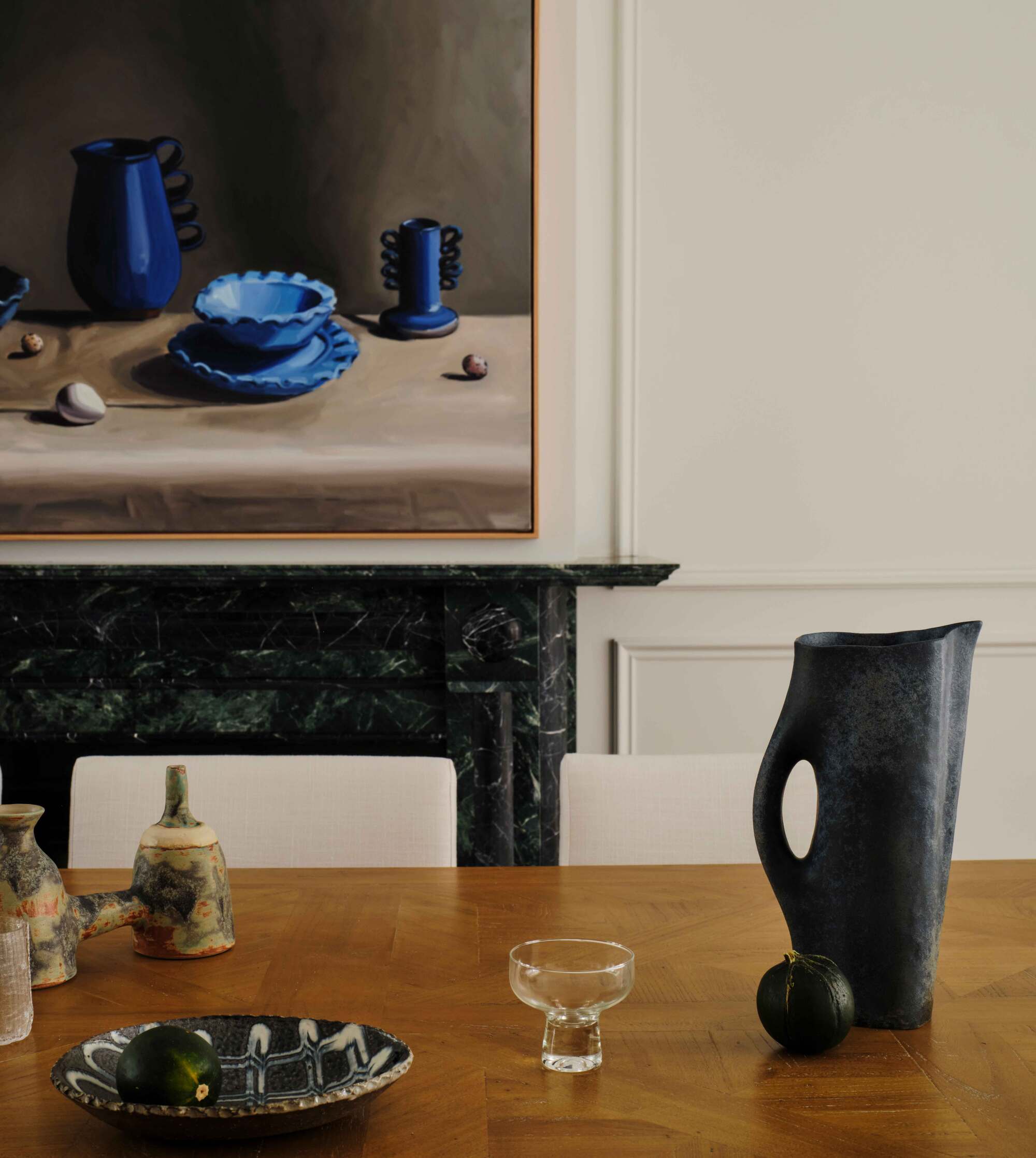
DO INSTEAD: Look for materials like glass and marble with no chips, cracks, or scratches. These kinds of pieces will be a stylish thrifting score.
"Anything broken — I realize this sounds obvious, but there is a real challenge when shopping affordably with viewing things as 'projects,'" shares Livingetc's very own vintage and antiques expert Virginia Chamlee.
Too often the chair with the missing leg or dresser with no knobs ends up sitting in the to-do list for eternity. And then what are you left with? A broken piece of furniture.
But items that qualify as 'broken' can extend beyond just a clear missing limb or unsightly scratch. "I would also never thrift anything that wasn't a well-made item that would stand the test of time," says Virginia. "I'm looking for quality vintage pieces — things that could outlive me. I wouldn't want to buy something that will fall apart or look dated in a year."
I know it may be hard to walk past that well-priced piece of rattan furniture that's starting to unfurl, but as a general rule of thumb, if it's so broken that it can no longer serve its purpose... keep walking.
What to Look For Instead
"I always look for materiality, first and foremost," says Virginia. "Different types of marble, brass, and glass (so long as it isn't chipped) are all materials that stand the test of time and are classics, that don't look overtly trendy."
Anything marble is always a good idea. Plus, "it's expensive in its raw state, so it's always a good buy at a thrift store," says Virginia.

Virginia Chamlee is a longtime writer, artist, antiques dealer, and the author of the best-selling book, Big Thrift Energy. She's been collecting and selling vintage furniture and home decor for the better part of a decade now. Her home has been published in numerous interiors publications, for which she also contributes to as a design writer. In her spare time, she also publishes a regular Substack newsletter all about shopping for and styling vintage pieces in your home, called What's Left.
2. Silver-Plated Cutlery Sets
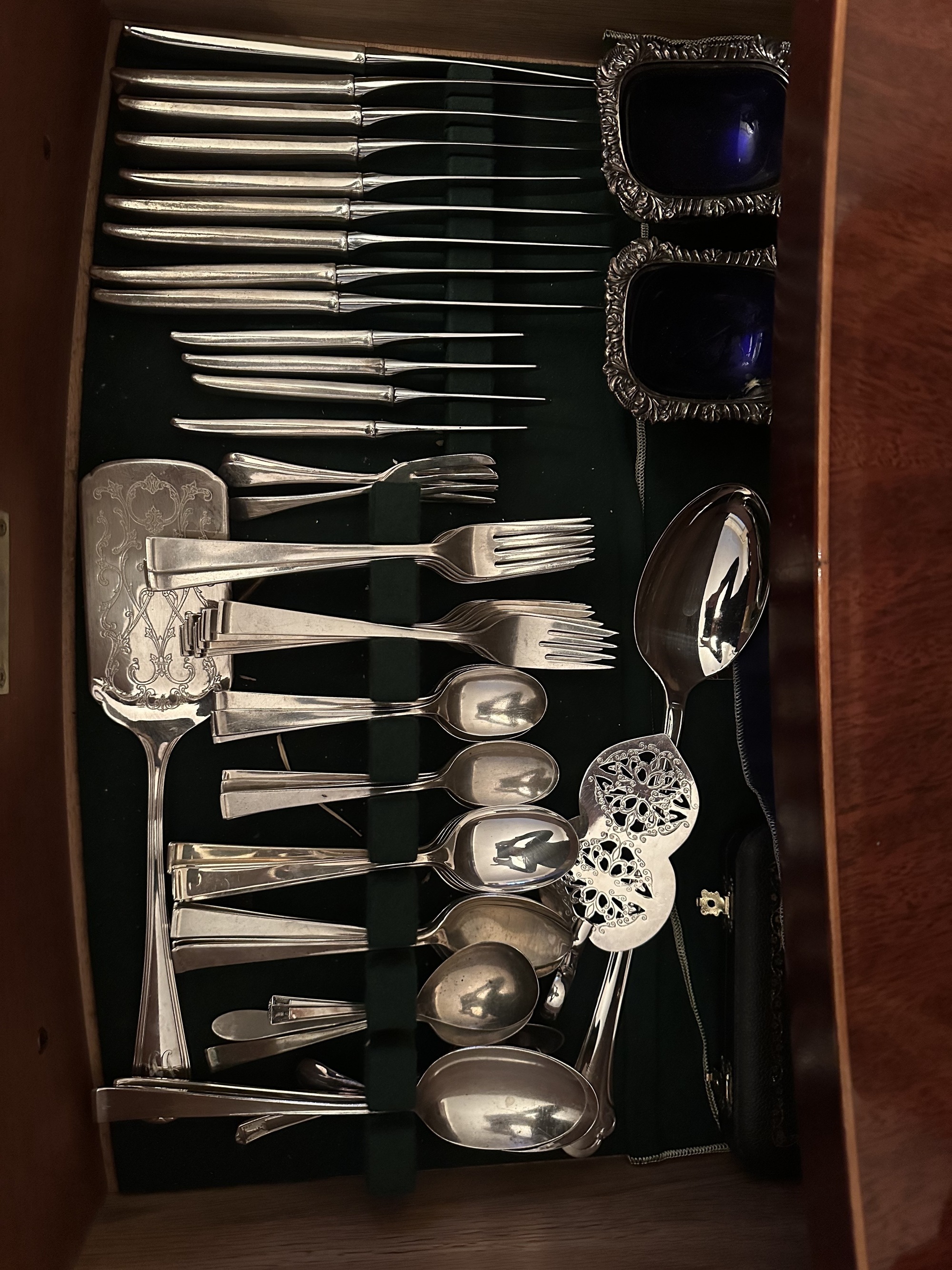
DO INSTEAD: Consider whether you will be able to maintain polishing and proper care of your silverware before committing.
Susannah Cameron, an expert in all things antique and owner of Chez Pluie, says "There’s something magical about a freshly polished silver teapot or a set of sparkling silver forks at the dinner table, but silver-plated antiques require constant upkeep to stay looking their best."
Unless you're committed to keeping your silver-plated pieces clean, polished, and pristine, they're likely to lose their luster over time, becoming tarnished and forgotten. Be honest: are you someone who will regularly polish silverware? If the answer is no, you know what that means.
"Think about it this way — silver-plated items can be as beautiful as they are high-maintenance, requiring attention to stay in top shape," says Susannah.
What to Look For Instead
That's not to say you have to avoid silver all together, though. Instead, focus on statement pieces in smaller doses — cake servers, candelabras, soup ladles, and platters. But when it comes to your everyday dinnerware sets, something that can be thrown in the dishwasher is best.
Alternatively, Susannah recommends "hosting a Polishing Party where your friends bring their own silverware to polish together. It's a great way to enjoy each other's company while getting your silver looking its best — turning a chore into a social occasion."
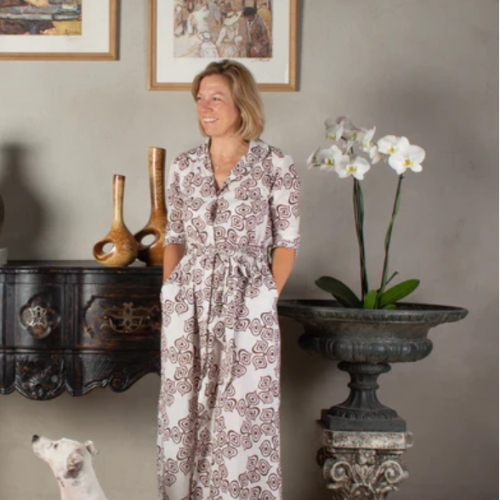
Susannah Cameron is the co-founder of Chez Pluie, a trusted destination for French antiques, based permanently in Provence. With a particular obsession for antique pottery and a deep knowledge of European decorative arts, she sources soulful, timeworn pieces from brocantes and flea markets across France. Susannah holds a Bachelor of Architecture, Bachelor of Design, and Bachelor of Property and Construction from the University of Melbourne. Her eye for form, patina, and provenance is grounded in design training and years of hands-on experience in the field.
3. Leather Furniture With Cracked Upholstery
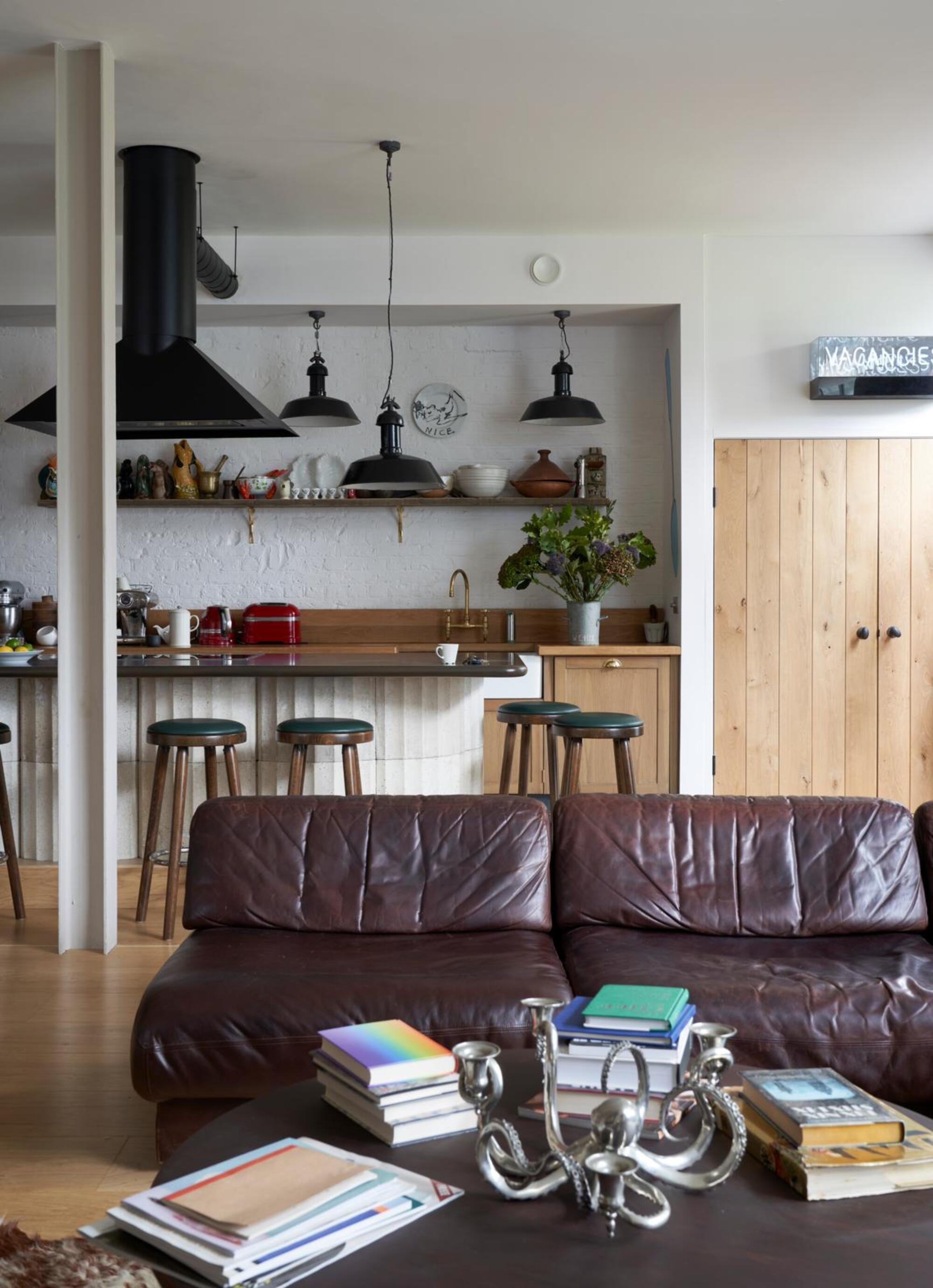
DO INSTEAD: Source leather pieces that are in quality condition while still having that comfortable well-loved leather feel.
Vintage leather sofas in living rooms may be visually striking, sure, but what you'll most often find at antique stores and markets is upholstery that's cracked, dry, or heavily worn. Unfortunately, cracked and worn leather follows the same rule as something broken — don't do it.
While, of course, there are ways to get rid of scratches on leather, true leather upholstery is a highly skilled craft, and restoring it properly is far more complex than it appears. And costly.
"Restoring leather requires specialized tools, deep material knowledge, and years of experience," explains Susannah. "Since only a handful of artisans still practice this level of craftsmanship, it’s rarely worth attempting a DIY revival or buying a piece with significant damage unless you're prepared to invest in professional restoration."
What to Look For Instead
Rather than buying leather furniture that needs major work, look for leather furniture that has minimal markings or that has already been professionally restored.
These sorts of pieces "will retain all the character and patina of the original design, but with new life carefully breathed into them by skilled hands," says Susannah.
4. Copper Cookware
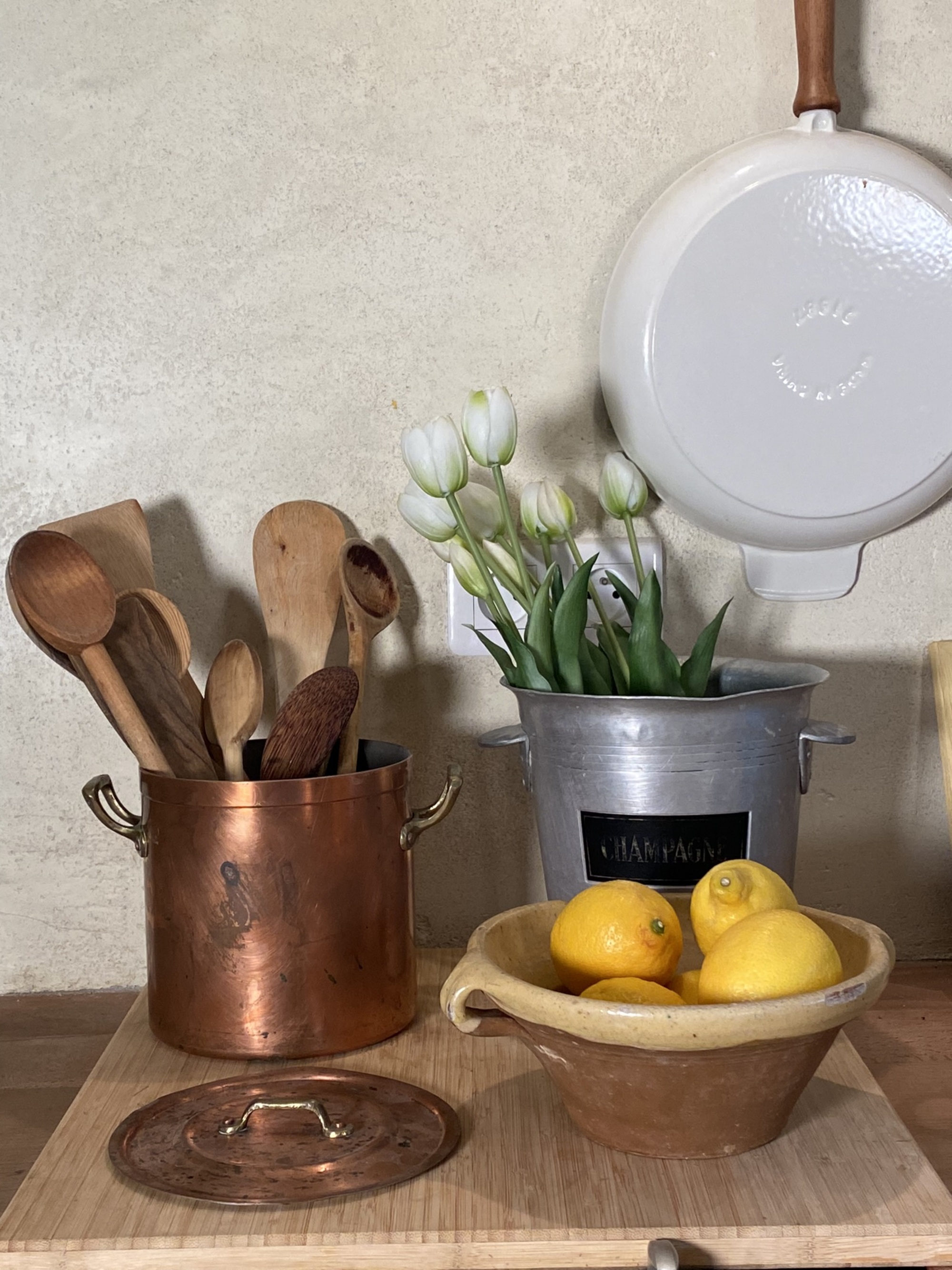
DO INSTEAD: Thrift copper cookware to use as stunning decor pieces throughout your kitchen and home.
There’s something irresistible and so innately French about old copper pots and pans — the way they catch the light, the warmth they brings to a kitchen. It channels a certain bustling French bistro that's filled with the scent of creamy wine sauces.
"Copper is part of that chic, stylish world. A workhorse, but a beautiful one," says Susannah. But — and it's a big one — "Most vintage copper cookware is lined with tin to make it food-safe, but over time, that lining wears away," explains Susannah. Without it, copper can leach into your food, which is highly toxic.
So, unless you have access to a specialist who can re-tin the copper pieces for your (and Susannah warns, "they’re few and far between"), it's best to use these pieces are decoration, but nothing else.
"I suggest getting a new set of copper pans for cooking and saving the antique ones for decoration," she adds.
What to Look For Instead
If you love copper (and what's not to love) think of it as sculpture. Copper interior trends can be stunning when used as decorative accents. Hanging it from a pot rack, layer it in open shelves, or grouping them on a console to give your space that warm, Provençal glow.
"Vintage jelly molds and moules à charlotte are a personal favorite of mine; they make wonderful cache pots, are perfect for holding utensils, or even work as stylish desk organizers for pens and scissors," says Susannah.
5. New Reproductions of Antique Furniture
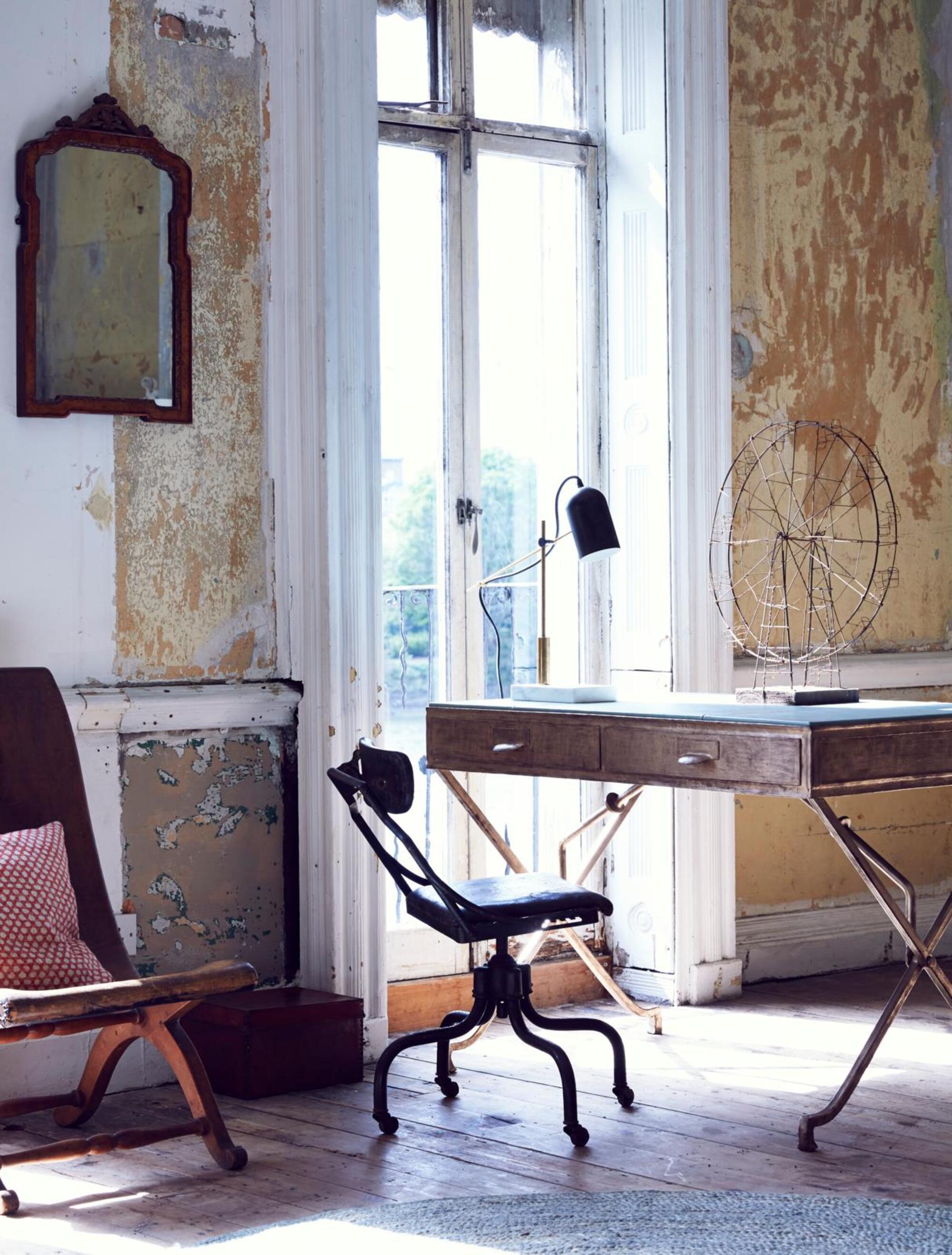
DO INSTEAD: Look for vintage furniture that is authentic to the time period.
"Contemporary reproductions of antique furniture styles often lack the craftsmanship and authenticity of true antiques," Susannah says, and therefore, should be avoided at all costs.
These pieces may look similar to their antique counterparts but are typically mass-produced with lower-quality materials and lack the age and patina that give older furniture its character and value.
"While these pieces might seem like a quick fix for those seeking something like the Louis XVI look, they won’t have the longevity or depth of true period pieces," she adds.
"More importantly, modern reproductions miss out on the natural aging process — the patina that is developed over time, which gives antique furniture its charm and history," she says.
What to Look For Instead
"Instead of new reproductions, consider pieces like 19th-century Louis XVI-style furniture — beautifully crafted revivals that still capture the elegance and charm of the original 18th-century designs," says Susannah.
These 19th-century pieces may not be from the original period, but they’re still bona fide antiques. "They embody the elegance and charm of French Rococo and Neoclassical styles, with the added benefits of being more durable (a century younger), often more affordable, and better suited for modern living," says Susannah.
Now that's a hot tip.
Becoming skilled at thrifting and searching for antiques takes practice and patience, but hopefully knowing what not to look for will help you hone your eye.
At the end of the day, everyone has their own way of doing it, so there's no right or wrong — check out Lone Fox's thrifting tips to find out how he avoids getting overwhelmed in antique markets and estate sales.
Be The First To Know
The Livingetc newsletters are your inside source for what’s shaping interiors now - and what’s next. Discover trend forecasts, smart style ideas, and curated shopping inspiration that brings design to life. Subscribe today and stay ahead of the curve.

Olivia Wolfe is a Design Writer at Livingetc. She recently graduated from University of the Arts London, London College of Communication with a Masters Degree in Arts and Lifestyle Journalism. In her previous experience, she has worked with multiple multimedia publications in both London and the United States covering a range of culture-related topics, with an expertise in art and design. At the weekends she can be found working on her oil paintings, reading, or antique shopping at one of London's many vintage markets.
-
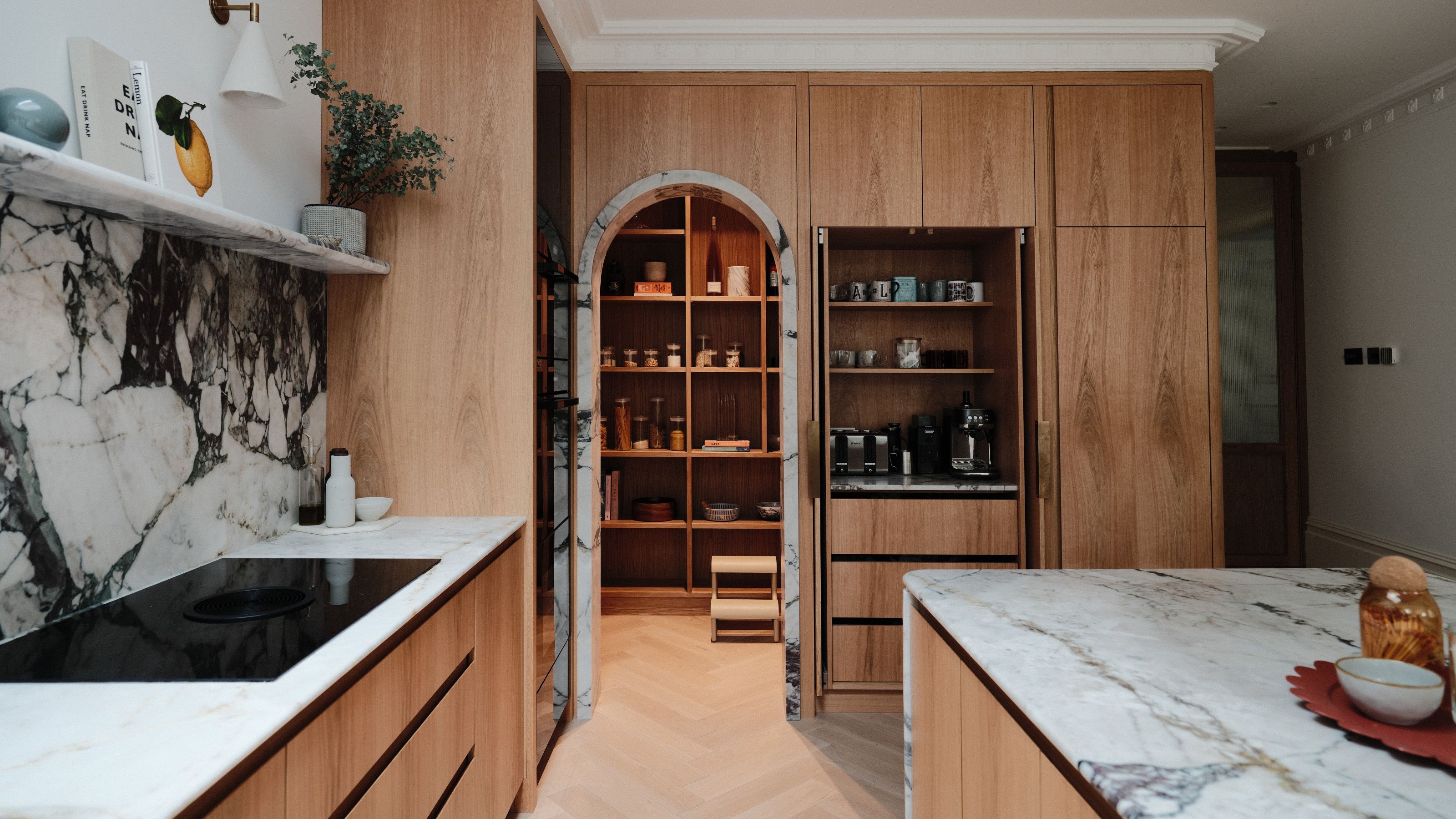 7 Pantry Organization Mistakes That Are an Organizer's Worst Nightmare
7 Pantry Organization Mistakes That Are an Organizer's Worst NightmareGet that Pinterest-perfect pantry by avoiding these certified organization faux pas
By Amiya Baratan Published
-
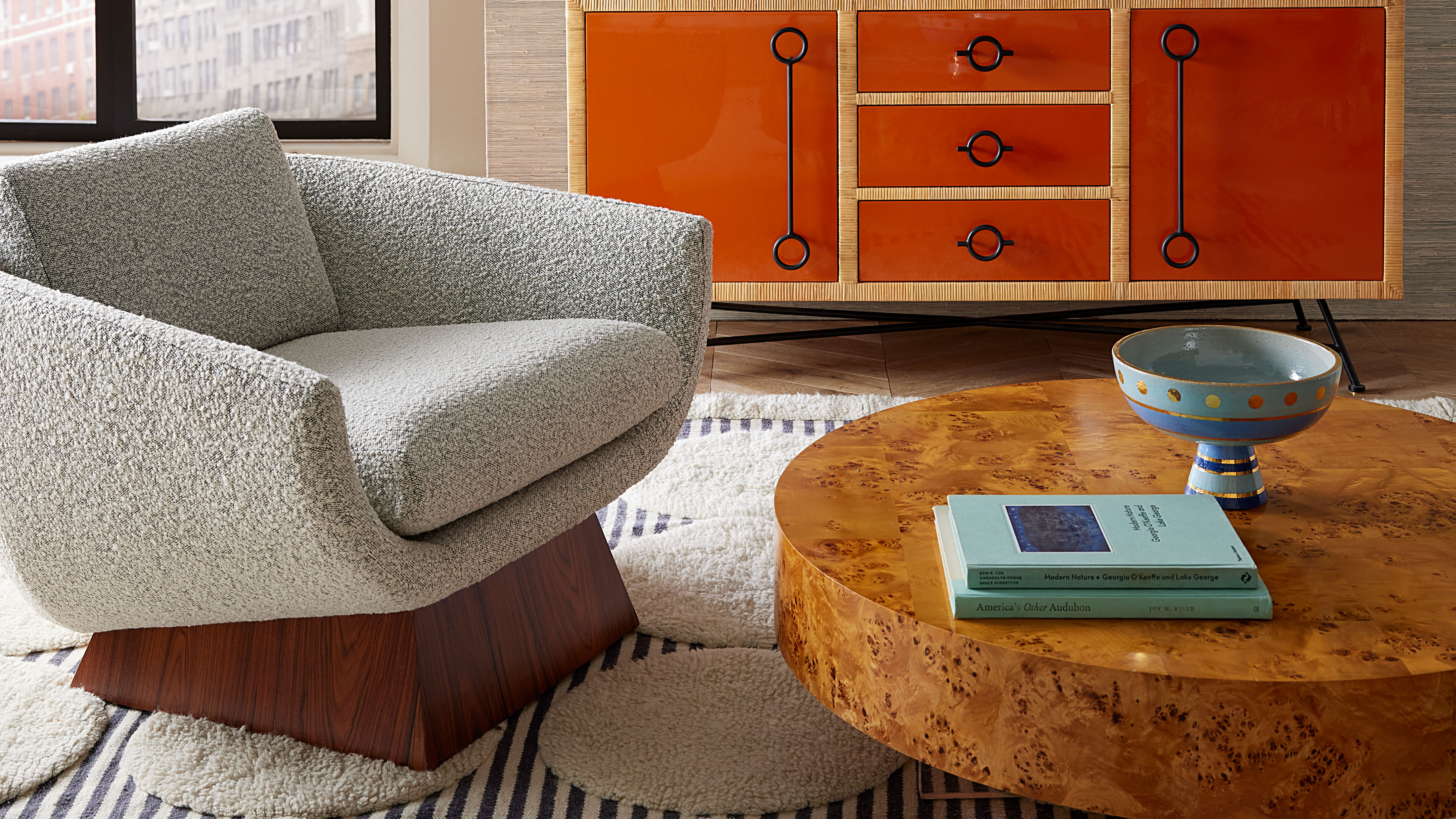 Burl Wood Decor Is 2025’s Most Coveted Comeback — Here’s How to Get the Storied Swirls for Less
Burl Wood Decor Is 2025’s Most Coveted Comeback — Here’s How to Get the Storied Swirls for LessIrregularity is the ultimate luxury, but you don’t need an antiques dealer to find it
By Julia Demer Published
